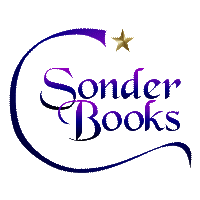
Learning to Write (and Read) Poetry by Studying with the Masters
Review posted May 28, 2014.
W. W. Norton & Company, New York, 2013. 221 pages.
Singing School is a collection of great poetry. Along with the poetry, analysis is given as to why the poems work. The reader’s attention is drawn to effective techniques, sonorous sounds, and apt images. And challenges are given. For example, with Jonathan Swift’s, “A Description of the Morning,” we have the caption, “Try your own, contemporary version of this, in your own world, keeping it fresh yet recognizable – good luck.”
Robert Pinsky explains the motivation for this book in his Preface:
That the poem by Milton (1608-1674) had gotten under the skin of Ginsberg (1926-1997) exemplifies the ideas that govern this book: examples precede analysis; young poets can learn a lot from old poetry. Models provide inspiration, which is different from imitation. The visual artist looks at the world, but also at art. Similarly, the musician listens, the cook eats, the athlete watches great athletes, the filmmaker watches great movies, in order to gain mastery from examples….
If you want to learn singing, you must study – not just peruse or experience or dabble in or enjoy or take a course in, but study --monumental examples of magnificent singing: study not just a pretty good poem in a recent magazine, or something that seems cool or seems to be in fashion, or that you have been taught in school, but examples that you feel are magnificent. “Magni-ficent”: the Latin roots of the word mean “making great.”…
The four section headings and their order, though not exhaustive, do represent essentials. “Freedom” is where the artist begins: there are no rules, and the principles and habits are up to you. Having confronted and embraced freedom, the poet engages in the particular work of “Listening”: sentences have melodic patterns of pitch, as well as cadences, and great work can help you hear them. So too can the speech you hear every day. The third section uses the word “Form” in a sense related to form in dance or sports – the effective shapes and arrangements of energy – rather than particular “forms” and their required patterns. Finally, “Dreaming Things Up” affirms that many essential and thrilling elements of poetry have to do with what cannot be explained: something new, waking life transformed.
I confess that I didn’t read this book to learn to write poetry. I read this book, a couple pages a day, in order to enjoy some great poems. Having aspects of their greatness pointed out to me made the experience that much better.
